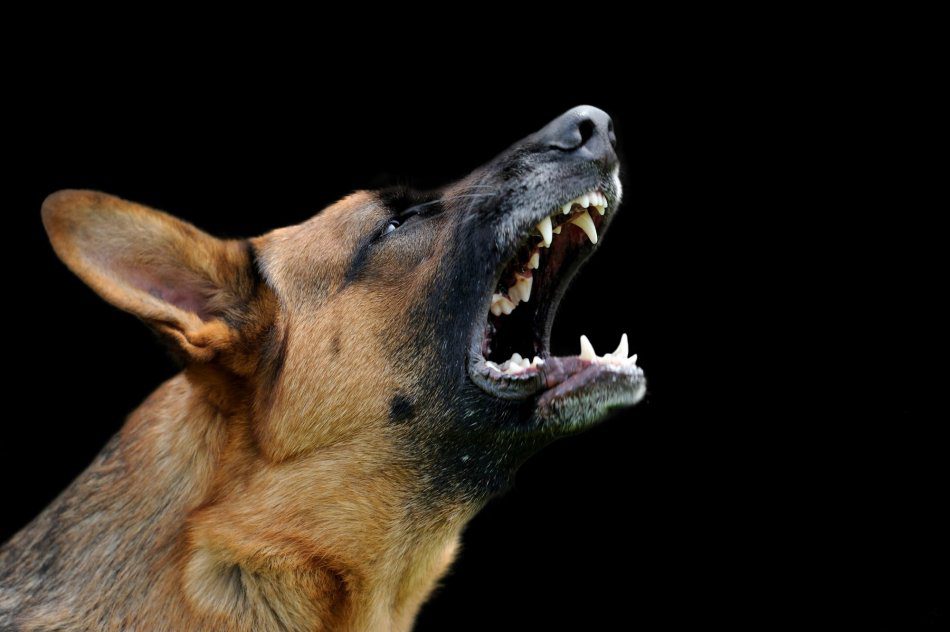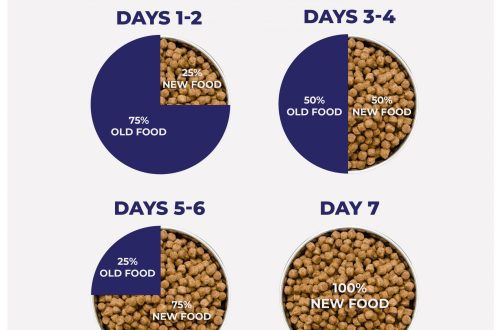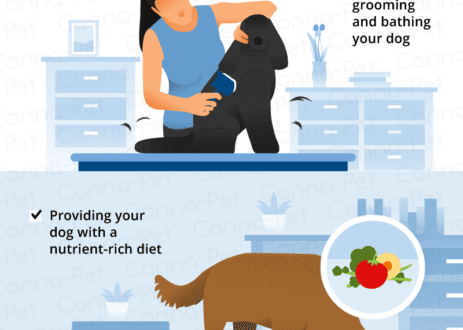
Rage Syndrome: Idiopathic Aggression i nā ʻīlio
Idiopathic aggression in dogs (also called “rage syndrome”) is unpredictable, impulsive aggression that appears for no apparent reason and without any preliminary signals. That is, the dog does not growl, does not take a threatening pose, but immediately attacks.
Photo: schneberglaw.com
Contents
Signs of “rage syndrome” (idiopathic aggression) in dogs
Signs of “rage syndrome” (idiopathic aggression) in dogs are very characteristic:
- Idiopathic aggression in dogs most often (68% of cases) manifests itself to the owners and much less often to strangers (to guests – 18% of cases). If idiopathic aggression is manifested in relation to strangers, then this does not happen immediately, but when the dog gets used to them. These dogs show aggression towards relatives no more often than other dogs that do not suffer from the “rage syndrome”.
- A dog seriously bites a person at the moment of aggression.
- No noticeable warning signals.
- A characteristic “glassy look” at the time of the attack.
Interestingly, dogs with idiopathic aggression often prove to be excellent hunters. And if they find themselves in a family without children, and at the same time the owner does not have the habit of “molesting” the dog with communication, appreciates working qualities and skillfully bypasses sharp corners, and the dog has the opportunity to show species-typical behavior (hunt) and cope with stress, there is the chance that such a dog will live a relatively prosperous life.
Causes of Idiopathic Aggression in Dogs
Idiopathic aggression in dogs has physiological causes and is often inherited. However, what exactly these disorders are and why they occur in dogs is not yet known exactly. It is only known that idiopathic aggression is associated with a low concentration of serotonin in the blood and with a violation of the thyroid gland.
A study was conducted comparing dogs that were brought to a behavioral clinic by their owners with a problem of aggression towards their owners. Among the “experimental” were dogs with idiopathic aggression (19 dogs) and with normal aggression, which manifests itself after warning signals (20 dogs). Blood samples were taken from all dogs and serotonin concentrations were measured.
It turned out that in dogs with idiopathic aggression, the level of serotonin in the blood was 3 times lower than in normal dogs.
And serotonin, as many people know, is the so-called “hormone of joy.” And when it is not enough, in the dog’s life “everything is bad”, while for an ordinary dog a good walk, delicious food or a fun activity causes a surge of joy. Actually, behavior correction often consists in offering the dog something that will increase the concentration of serotonin, and the concentration of cortisol (“stress hormone”), on the contrary, will decrease.
It is important to note that all of the dogs in the study were physically healthy, as there are diseases that show a similar pattern on blood tests (low serotonin and high cortisol). With these diseases, dogs are also more irritable, but this is not associated with idiopathic aggression.
However, the level of serotonin in the blood does not tell us what exactly is “broken” in the dog’s body. For example, serotonin may not be produced enough, or maybe there is a lot of it, but it is not “captured” by receptors.




Photo: dogspringtraining.com
One way to reduce this behavior is to keep dogs that have been shown to display idiopathic aggression out of breeding.
For example, in the 80s of the 20th century, the “rage syndrome” (idiopathic aggression) was especially common among English Cocker Spaniel dogs. However, as this problem became more common, responsible breeders of the English Cocker Spaniel became very concerned about this issue, realized that this type of aggression was inherited, and stopped breeding dogs that displayed this behavior. So now in English Cocker Spaniels, idiopathic aggression is quite rare. But it began to appear in representatives of other breeds, whose breeders have not yet sounded the alarm.
That is, with proper breeding, the problem goes away from the breed.
Why does she appear in a different breed? The fact is that the genome is arranged in such a way that mutations do not occur by chance. If two animals are related (and dogs of different breeds are much more related to each other than, for example, a dog is related to a cat), then similar mutations are more likely to appear than, for example, similar mutations in a cat and a dog.
Idiopathic aggression in a dog: what to do?
- Since idiopathic aggression in a dog is still a disease, it cannot be “cured” by behavioral correction alone. You need to contact a veterinarian. The situation in some cases can be improved by hormonal drugs. Mild sedatives may also help.
- Special diet: more dairy products and a significant reduction in meat portions.
- Predictable, understandable for the dog rules of living in the family, rituals. And these rules must be observed by all family members.
- Behavior modification aimed at developing the dog’s trust in the owner and reducing arousal.
- Constant reinforcement of signals of reconciliation in the dog.




Photo: petcha.com
Keep in mind that dogs with idiopathic aggression are constantly depressed and stressed. They feel bad all the time and are annoying. And this is a kind of chronic disease, which will take a lifetime to treat.
Unfortunately, idiopathic aggression (“rage syndrome”) is one of those behavioral problems that tend to reappear.
A dog that has a single owner who behaves consistently and sets clear and understandable rules for the dog is more likely to cope with the problem than a dog that lives in a large family.







